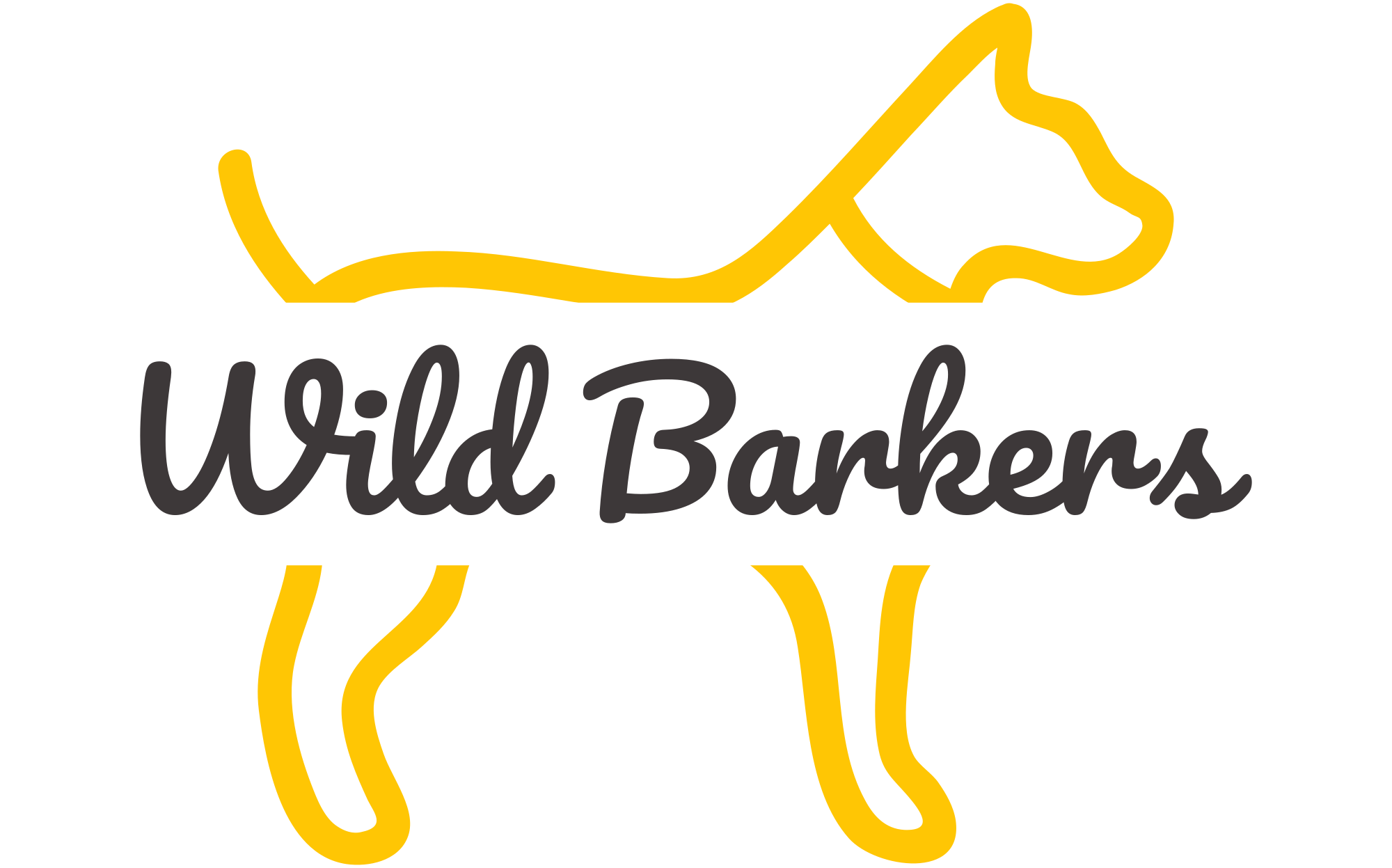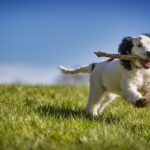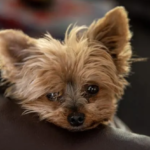Treat dispensing toys are great to keep your dog occupied. They also work great to put their dinner in and slow them down. Big brands make so many treat-dispensing toys, from hollow, stuffable toys, to moving ball dispensers, to puzzle game, to licking toys. These products are mentally stimulating and beneficial for our dogs. However, they’re expensive.
We love creating toys for our dogs which are super simple and utilize things we usually have around the house.
These 3 toys are perfect for all dogs, whether you have a dog who loves to chew, chase a ball around, or lay down and nibble treats from a soft toy, we have something for you.
Busy? Get Your Hands Paws On The Answers Quickly…
- Benefits Of Canine Enrichment Games
- How To Make 3 DIY Treat Dispensing Toys For Dogs
- Quick Video On How To Make 3 DIY Treat Dispensing Toys For Dogs
- Printable PDF Guide
Benefits Of Canine Enrichment Games:
- Tires your dog out – A tired dog tends to be easier to train and better behaved
- Increase brain capacity – Playing games keeps your dogs brain sharp
- Rewarding for your dog – Being rewarded with treats or toys is great for dogs, it keeps them happy and mentally healthy
- Lowers stress and anxiety – Increasing physical and mental exercise is excellent for decreasing mental stress for your dog
- Increases the bond between you and your dog – Introducing new and fun games is exciting for your dog, by helping and playing these games, you will improve and build your relationship
Physical exercise is incredibly important. But mental stimulation is arguably just as important, if not more so. It is thought that 1 hour of physical exercise is equivalent to 10 minutes of mental training. It is a great way to tire out your furry friend, as well as leaving them feeling fulfilled and happy.
There are plenty of ways to mentally challenge your pooch, from a sniffy walk in a new park to some of the more fancy toys explicitly designed for brain games.
HOW TO MAKE TREAT DISPENSING TOYS FOR DOGS
1. Bottle Dispenser
Equipment:
1. Bottle Dispenser
Equipment
- Soft ball
- Treats
- Empty bottle
Directions:
| 1. Remove all labels, lids, and caps from the bottle. | ||
| 2. Add treats to the bottle. | ||
| 3. Squeeze the ball. | ||
| 4. Push the squeeze ball into the bottle. This works as a barrier to stop the treats from falling straight out of the neck. It also means you don’t need to use the lid and cut holes in the bottle, making it safer. | ||
| 5. Play! | ||
2. Tennis Ball Dispenser
Equipment:
- Tennis ball
- Treats
- Scissors
Directions:
| 1. Cut along 1/2 of the line to create a flap. | ||
| 2. Place treats inside the ball. | ||
| 3. Play! | ||
3. T-Shirt Cross Dispenser
Equipment:
- T-shirt
- Treats
- Scissors
Directions:
| 1. Cut the t-shirt into 4 equal strips. | ||
| 2. Tie the ends together with a band. | ||
| 3. Spread each piece out into a cross shape. | ||
| 4. Make 2 loops with 2 opposite pieces of material. Hold them over the middle. | ||
| 5. Thread the top piece through the bottom loop. Thread the bottom piece through the top loop. | ||
| 6. Pull tight to form a cross square. | ||
| 7. Repeat until you run out of material. | ||
| 8. Add treats. | ||
| 9. Play! | ||
QUICK VIDEO ON HOW TO MAKE 3 TREAT DISPENSING TOYS FOR DOGS
Disclaimer: Always supervise your dog when using enrichment toys. Make sure the ice is defrosted slightly so their tongue, nose, and paws do not stick. If your dog is a vicious chewer, be mindful that ice can damage their teeth. Ice should not be given to a dog on a hot day to cool them down as it can have the opposite effect.
Not ready to make the snuffle mat? Looking to share the instructions with friends?
Print the guide here and save and share!
Looking for more pawsome posts? Check these out…
Can Dogs Eat Lettuce?
How To Make A Snuffle Mat
When Do Puppies Lose Their Teeth?
Can Dogs Eat Broccoli?
Can Dogs Eat Watermelon?
Disclaimer: Each dog is different, and every circumstance is different. All efforts have been made to provide accurate information. However, it is not provided by a qualified Veterinarian, Veterinarian Surgeon, or Behaviorist. The information provided is purely educational. The information should not be used as an alternative or substitute for medical care. If you have any health or medical concerns, contact a qualified Veterinary Surgeon or Veterinarian immediately.











No Comment! Be the first one.